1. Pennsylvania Station, New York City
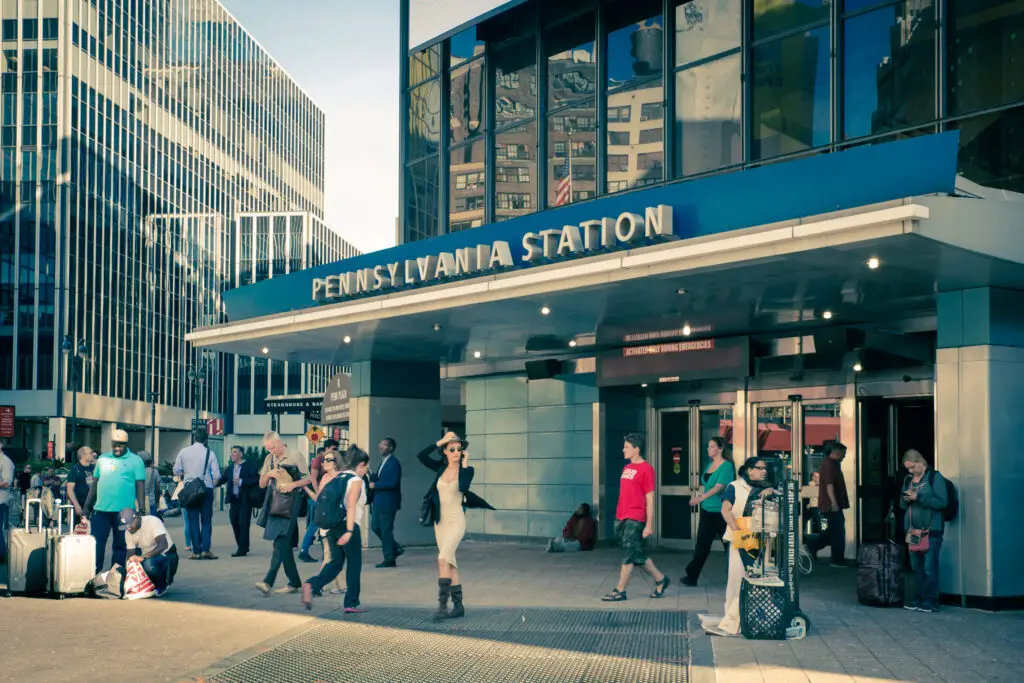
When the original Pennsylvania Station opened in 1910, it was hailed as one of the grandest train stations in the world. With soaring glass ceilings and massive Corinthian columns, it felt more like a palace than a transit hub. By the 1960s, train travel had declined, and the station was seen as outdated, expensive to maintain, and sitting on prime Manhattan real estate. Developers decided a new arena and office space would bring in more money, and despite public protests, the building was demolished in 1963.
The loss of Penn Station shocked the public and is often credited with jumpstarting the historic preservation movement in the U.S. Many New Yorkers still lament its destruction, especially since the modern replacement lacks the charm and grandeur of the original. Today, only old photographs and postcards remain to show what was once considered a crown jewel of American architecture.
2. The Singer Building, New York City
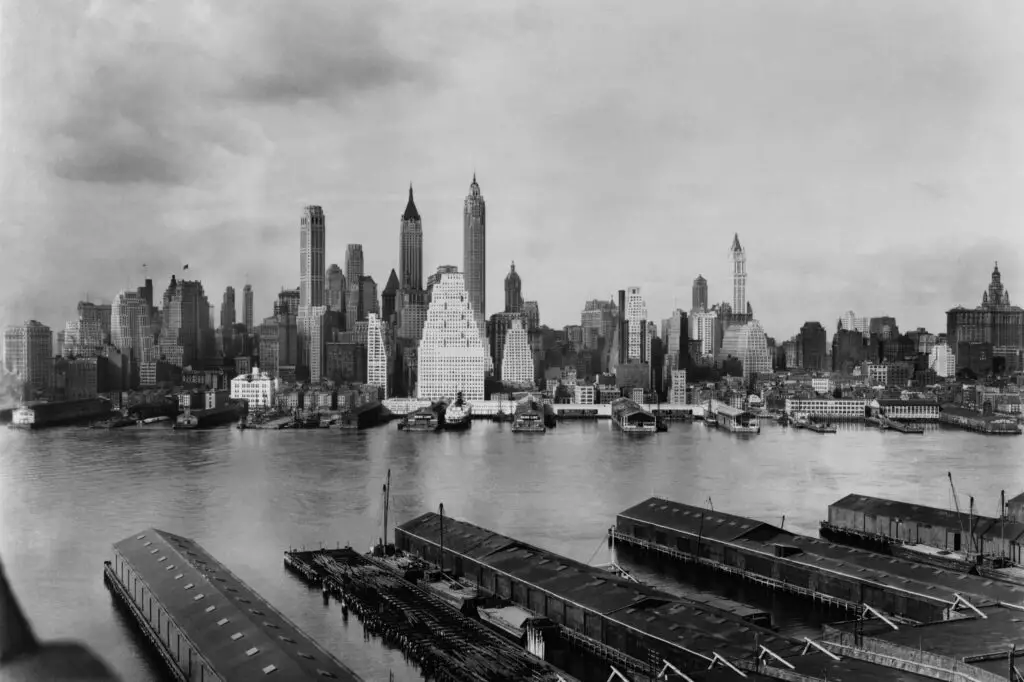
When it was completed in 1908 for the Singer Sewing Machine Company, the Singer Building became the tallest building in the world. Its elegant red façade and ornate crown made it an unmistakable part of the New York skyline. But its narrow floor plan and outdated systems eventually made it impractical for modern office use, and developers pushed for something bigger and more profitable.
In 1968, it was demolished to make way for a much larger glass-and-steel skyscraper. At the time, it was the tallest building ever voluntarily torn down, and preservationists saw it as yet another example of sacrificing history for square footage. The Singer Building’s demolition remains a cautionary tale for city planners and architects alike.
3. The Original Waldorf-Astoria Hotel, New York City
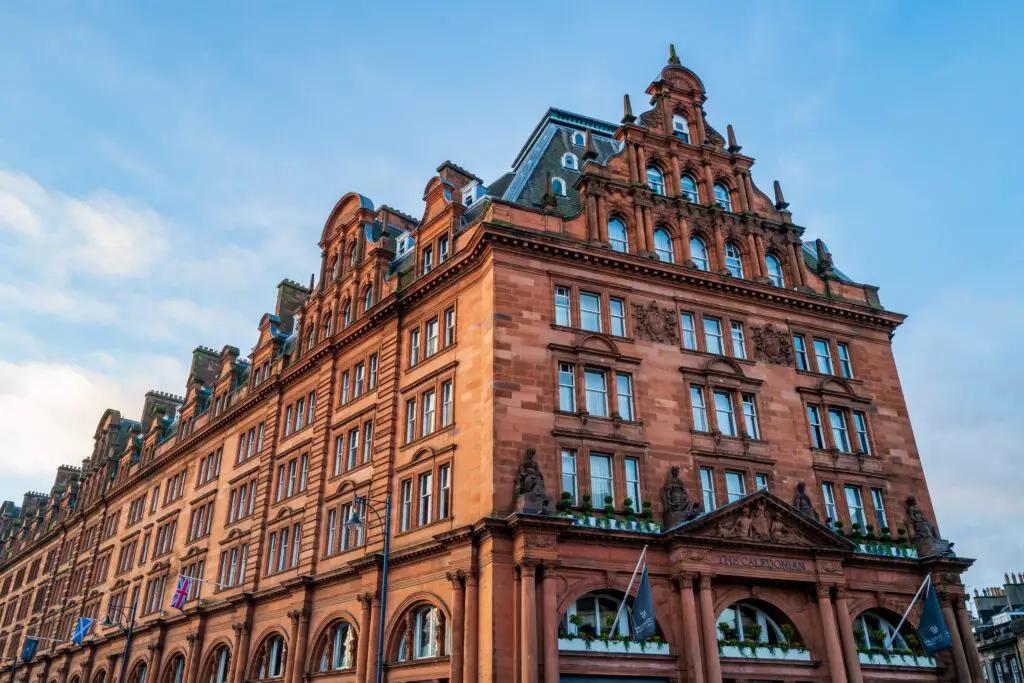
The Waldorf-Astoria was a lavish Gilded Age hotel where presidents, royalty, and high society gathered. With its opulent ballrooms, sweeping staircase, and prime location on Fifth Avenue, it was a symbol of wealth and elegance in turn-of-the-century America. But by the late 1920s, the land was simply too valuable, and developers set their sights on something even taller.
In 1929, the hotel was demolished to make room for the Empire State Building. A new Waldorf-Astoria was later built uptown, but for many, the original’s unique charm and role in the city’s social scene could never be replaced.
4. The Old Chicago Board of Trade Building
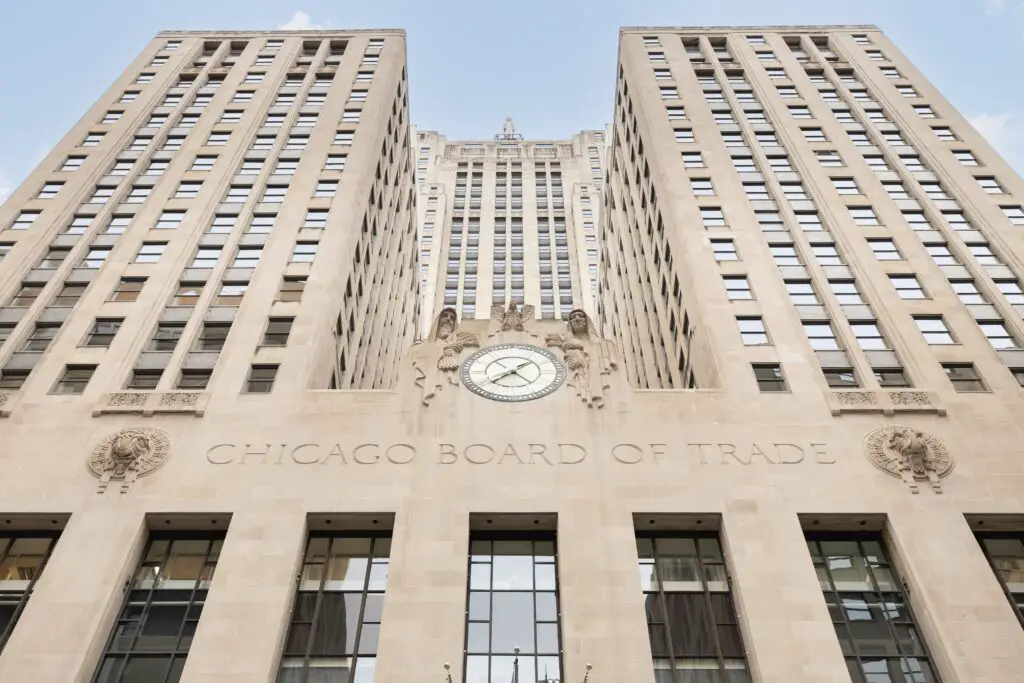
The original Chicago Board of Trade building, completed in 1885, was a striking Romanesque-style structure that cemented Chicago’s reputation as a commodities trading powerhouse. Its design included massive towers and ornate stonework that reflected the city’s booming industrial wealth. But by the late 1920s, the building was considered too small and outdated for the growing exchange.
In 1929, it was demolished and replaced with the Art Deco skyscraper that stands today. While the newer building is impressive in its own right, the loss of the original remains bittersweet for those who admire Chicago’s early architectural style.
5. The Hippodrome Theatre, New York City
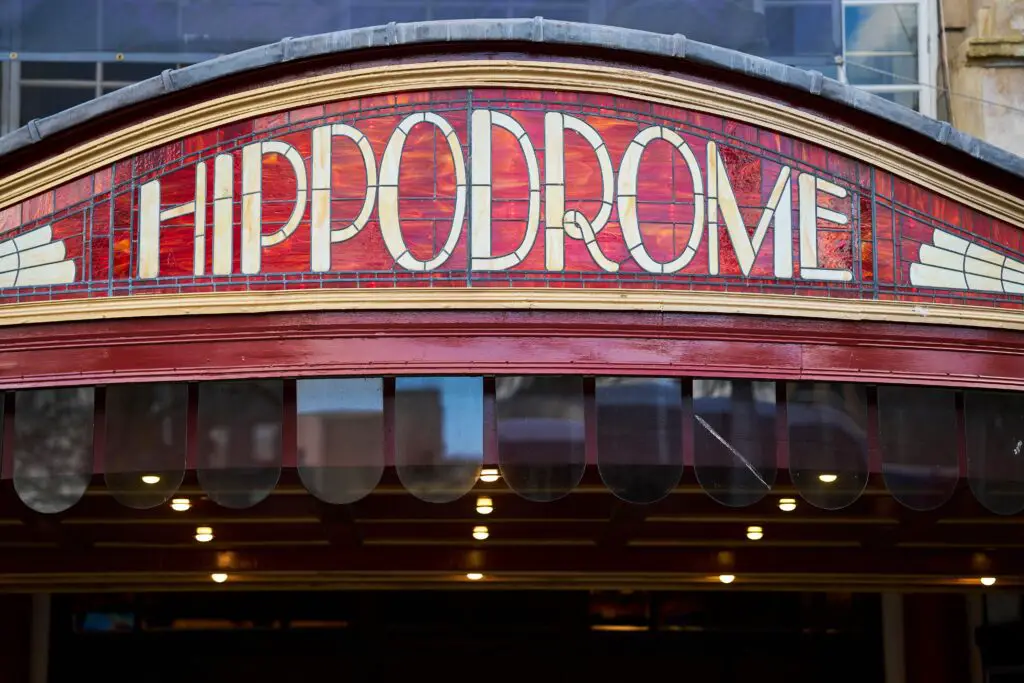
When the Hippodrome opened in 1905, it was billed as “the world’s largest theater” with seating for over 5,000 people. Its stage was big enough to host elephants, high divers, and elaborate vaudeville spectacles. For a while, it thrived as one of the most exciting entertainment venues in the country.
But as tastes changed, the massive space became difficult to fill and expensive to operate. By the 1930s, it was converted into a sports arena, and in 1939, it was demolished completely. Today, only the name lives on in nostalgic stories about its jaw-dropping shows.
6. Shea Stadium, New York City
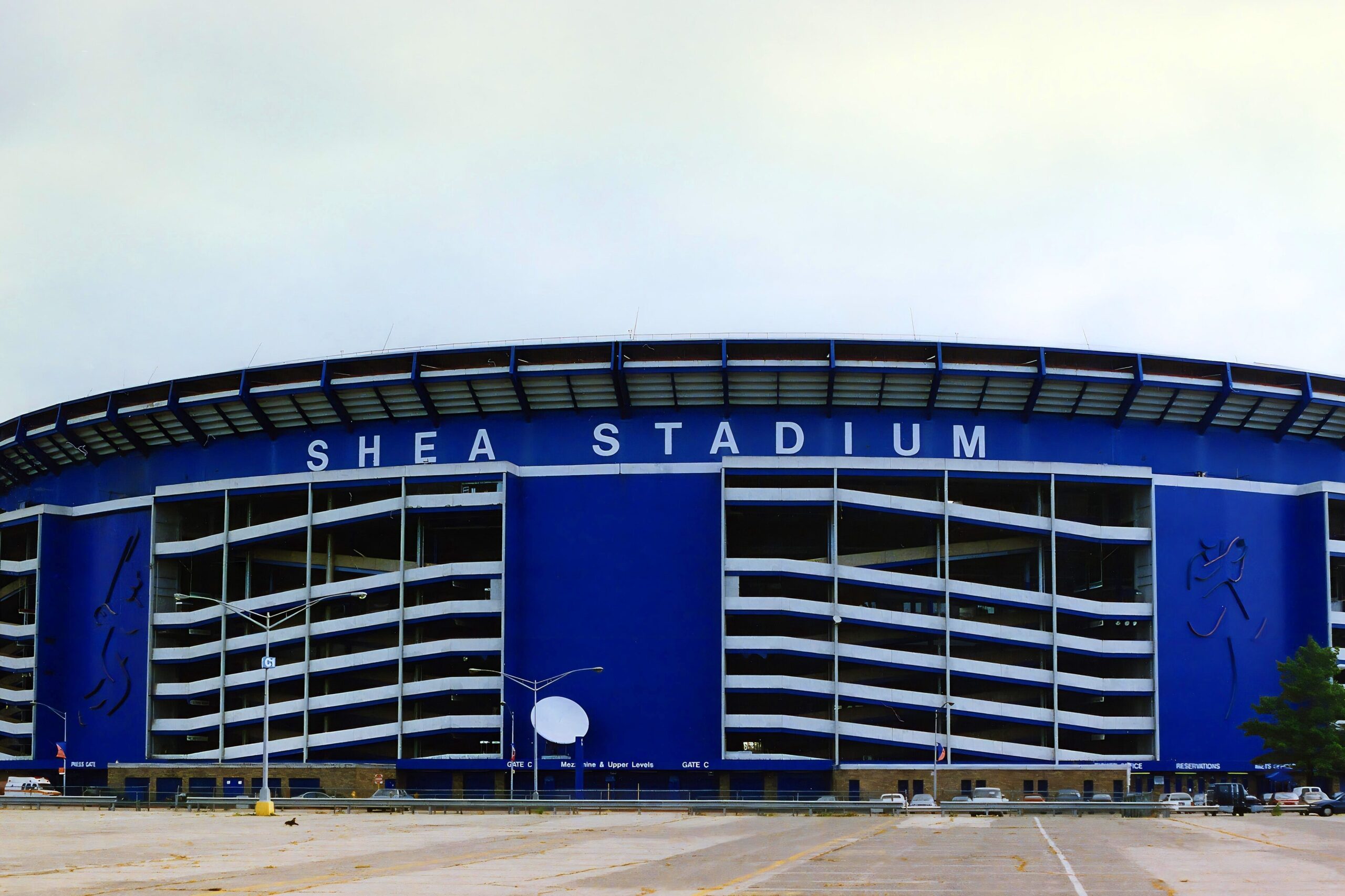
Shea Stadium opened in 1964 as the proud new home of the New York Mets. It saw legendary moments in sports and music history, including the Beatles’ iconic 1965 concert. For over four decades, it was a beloved gathering place for fans.
By the early 2000s, however, it was considered outdated compared to newer ballparks, and Citi Field was built right next door. Shea was demolished in 2009, and while the Mets moved on, fans still remember the roar of the crowd and the smell of ballpark hot dogs in the stadium’s stands.
7. The Morrison Hotel, Chicago
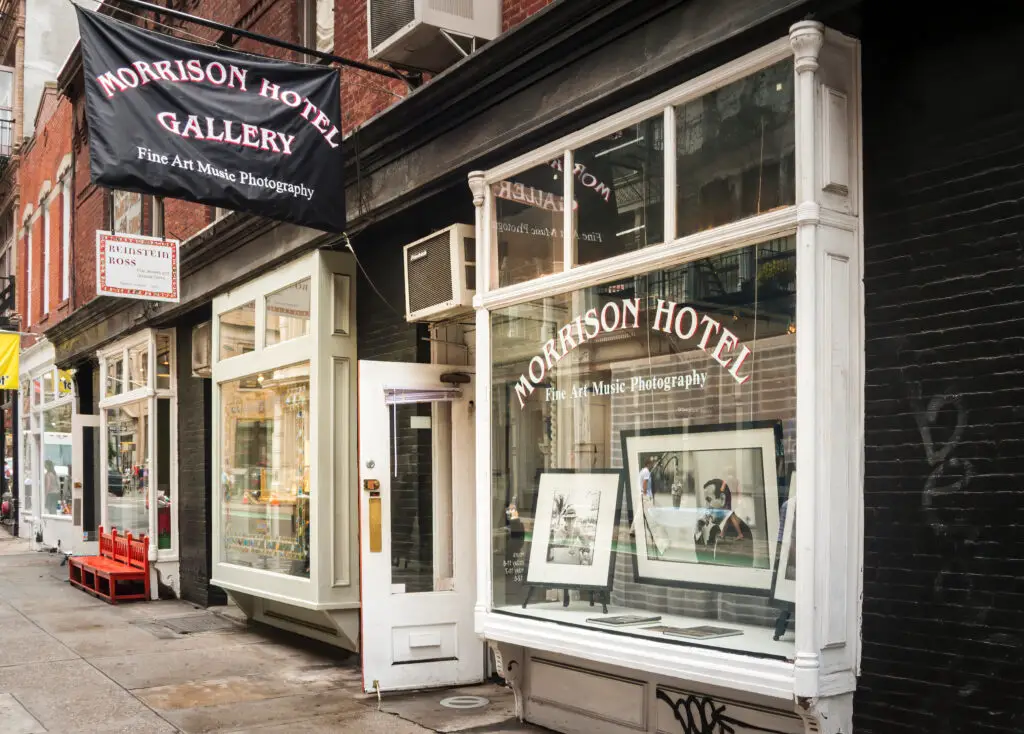
The Morrison Hotel opened in the 1920s as one of the tallest and most glamorous hotels in the world. Its Art Deco style, upscale restaurants, and celebrity guests made it a Chicago landmark. But by the 1960s, it was no longer considered modern, and developers had bigger plans for the site.
In 1965, the hotel was demolished to make way for the First National Bank Building. For locals who remembered its golden days, it was a sad goodbye to one of the city’s most recognizable addresses.
8. Ebbets Field, Brooklyn
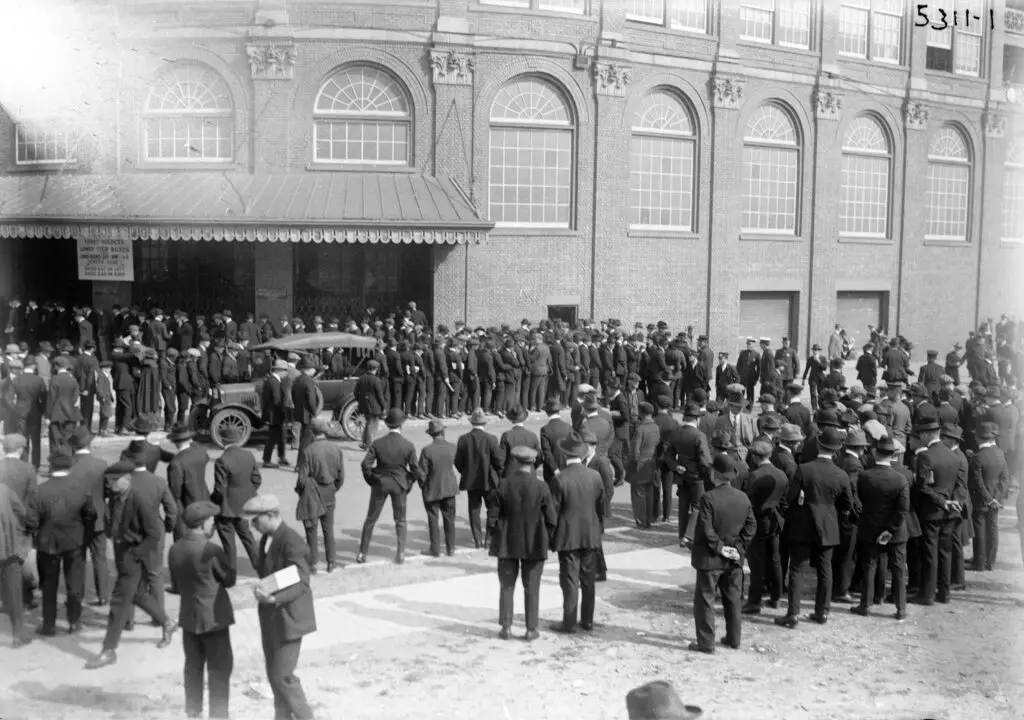
From 1913 to 1957, Ebbets Field was home to the Brooklyn Dodgers. Fans packed the stands to watch baseball greats like Jackie Robinson, Pee Wee Reese, and Duke Snider. It wasn’t just a ballpark, it was the heartbeat of the neighborhood.
When the Dodgers moved to Los Angeles in 1957, the stadium quickly fell into disrepair. By 1960, it was demolished and replaced by housing projects, leaving only memories of the cheers and crack of the bat that once echoed through the air.
9. The Fox Theatre, San Francisco
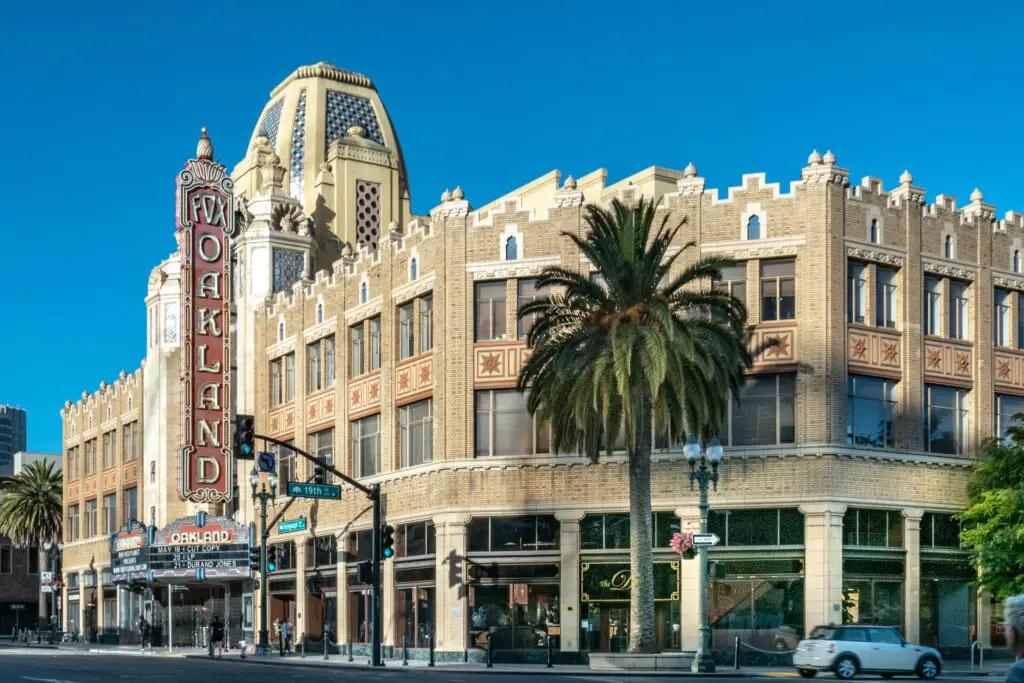
The Fox Theatre was a stunning movie palace that opened in 1929, filled with ornate décor and one of the largest screens in the country. It was the kind of place where going to the movies felt like stepping into a fantasy. But as television became more popular, fewer people came, and the massive operating costs became a burden.
In 1963, the theater was torn down despite public protests. An office building took its place, but for many San Franciscans, the loss of the Fox was like losing a piece of the city’s soul.
10. The Cotton Exchange Building, New Orleans
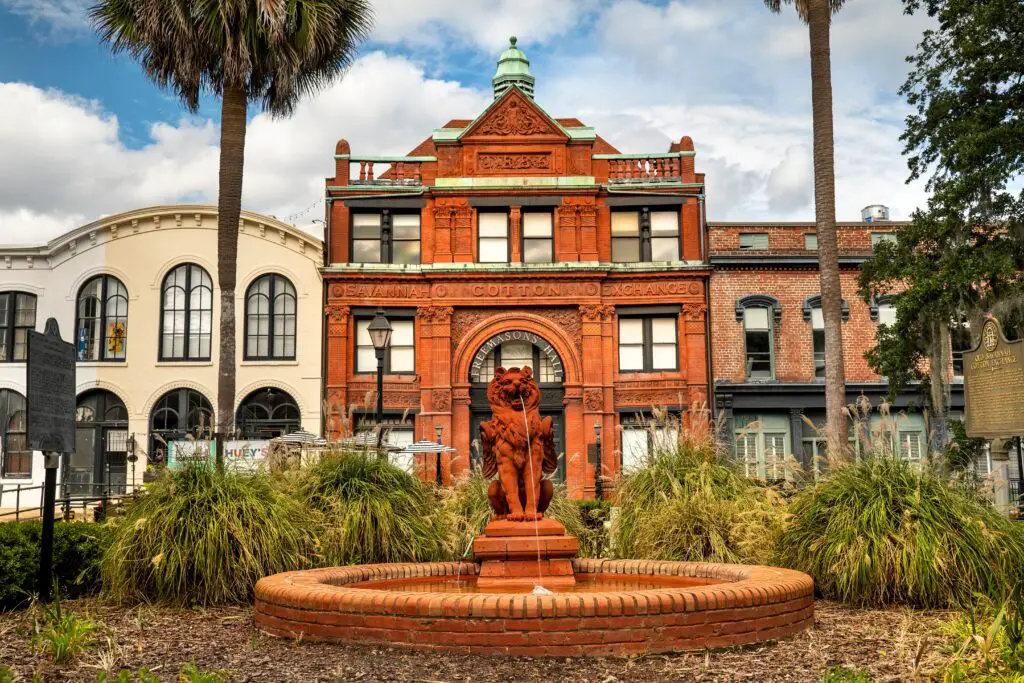
Built in the late 1800s, the Cotton Exchange Building was a hub for traders in what was once one of the most powerful industries in the South. Its architecture was elaborate, with detailed stonework and elegant meeting rooms that reflected the wealth of the cotton trade.
By the mid-20th century, the cotton industry had declined, and the building was no longer in high demand. It was demolished in 1964, taking with it a significant chapter in New Orleans’ commercial history.
11. The Original Madison Square Garden, New York City
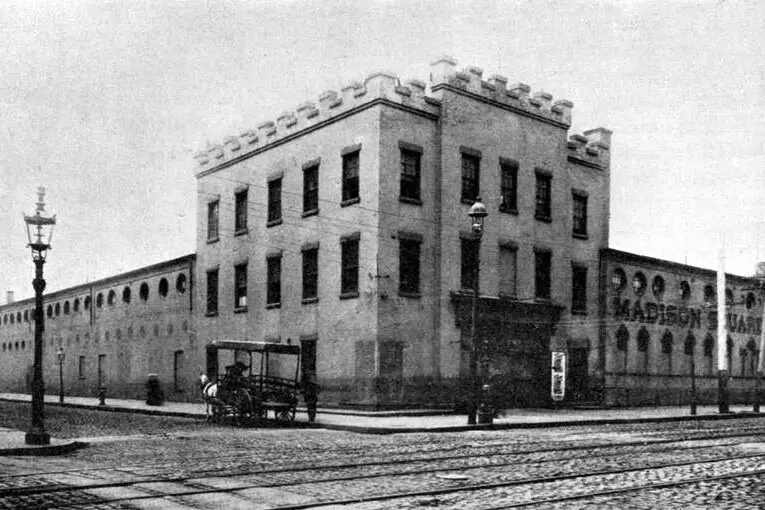
The second building to carry the name Madison Square Garden opened in 1890 and was designed by famed architect Stanford White. It was a glamorous venue that hosted boxing matches, concerts, and political conventions. Its tower and ornate detailing made it a standout structure in Manhattan.
In 1925, it was demolished to make way for the New York Life Building. While newer versions of Madison Square Garden have kept the events alive, the original’s architectural beauty is sorely missed.
12. The Old Cincinnati Library
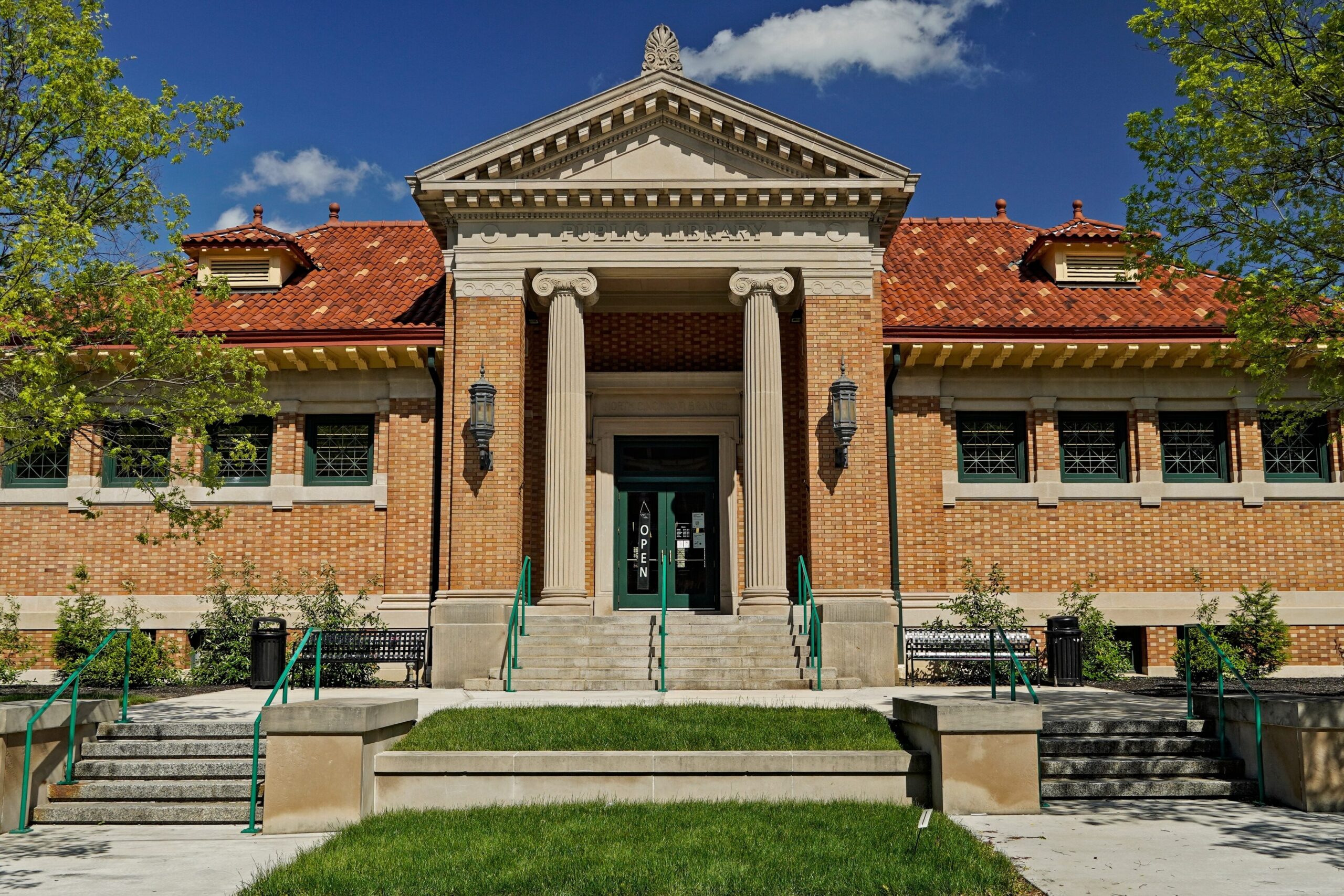
The original Cincinnati Library looked like something out of a fairy tale. Completed in 1874, it had towering bookshelves, intricate woodwork, and massive skylights that bathed the reading rooms in natural light. It became a beloved destination for book lovers.
In 1955, it was deemed too costly to modernize, and it was demolished. Photographs of its interior often circulate online today, leaving people stunned that such a beautiful building was ever torn down.
13. The Holland House, New York City
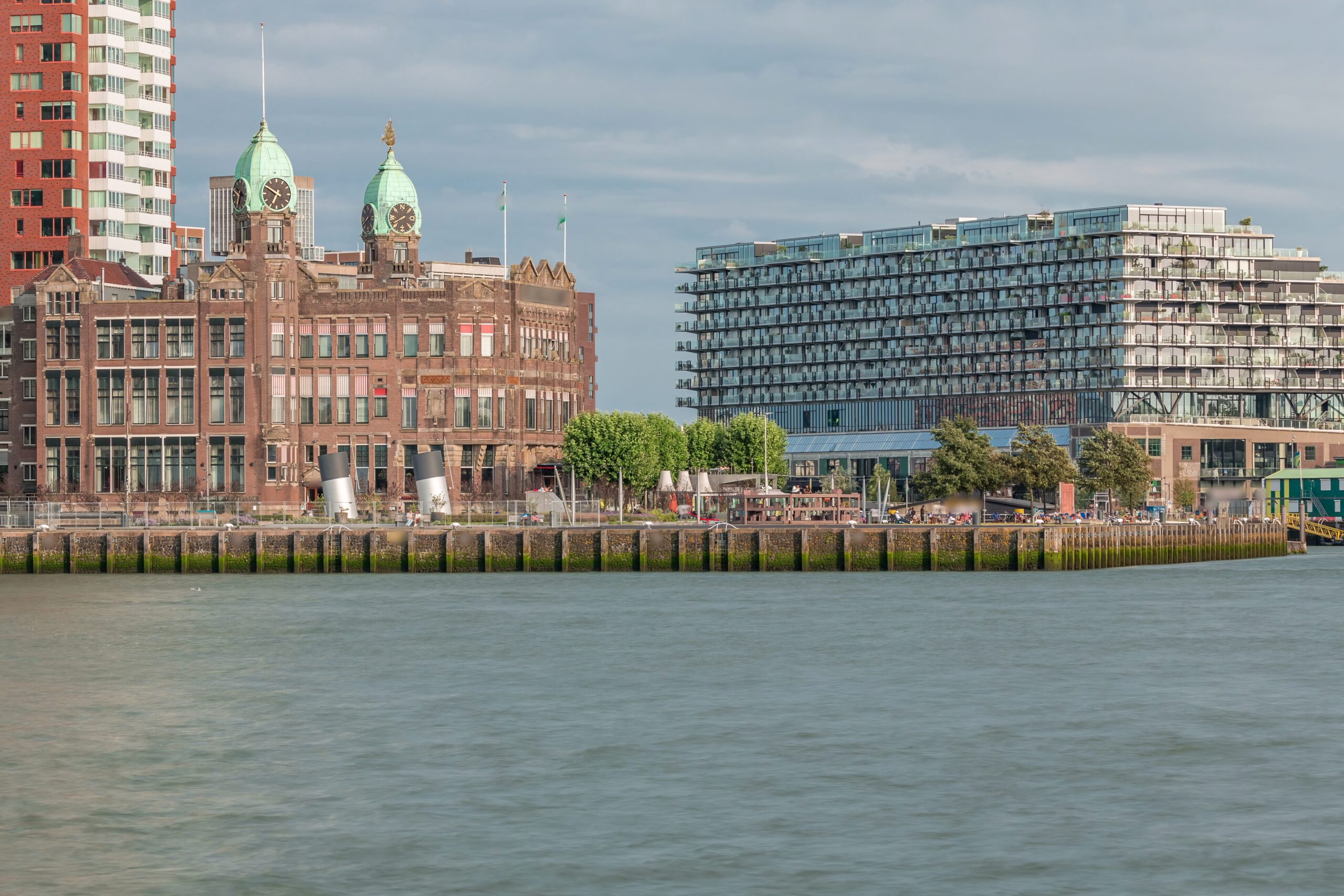
The Holland House, built in the 1890s, was a luxurious Fifth Avenue hotel inspired by Italian Renaissance palaces. Guests enjoyed grand dining rooms, richly furnished suites, and impeccable service. For decades, it was a prime spot for New York’s wealthy travelers.
By the mid-20th century, however, tastes and travel trends had changed, and the hotel’s popularity waned. In 1955, it was demolished, leaving only old photographs and dusty menus to tell its story.
